The Division has major programs in nuclear structure and dynamics; relativistic heavy ion and nucleon structure physics; nuclear theory; nuclear astrophysics and neutrino properties; data evaluation; advanced instrumentation; and applied nuclear physics.
Our research priorities are:
- Discover and study the phases and structures of strongly interacting matter
- Explore the boundaries of existence for atomic nuclei and their role in the universe
- Utilize nuclear processes to study neutrino properties and beyond standard model physics
- Develop and apply nuclear technologies, methods, and data to address societal needs
- Leverage advanced research computing for science and technology developments
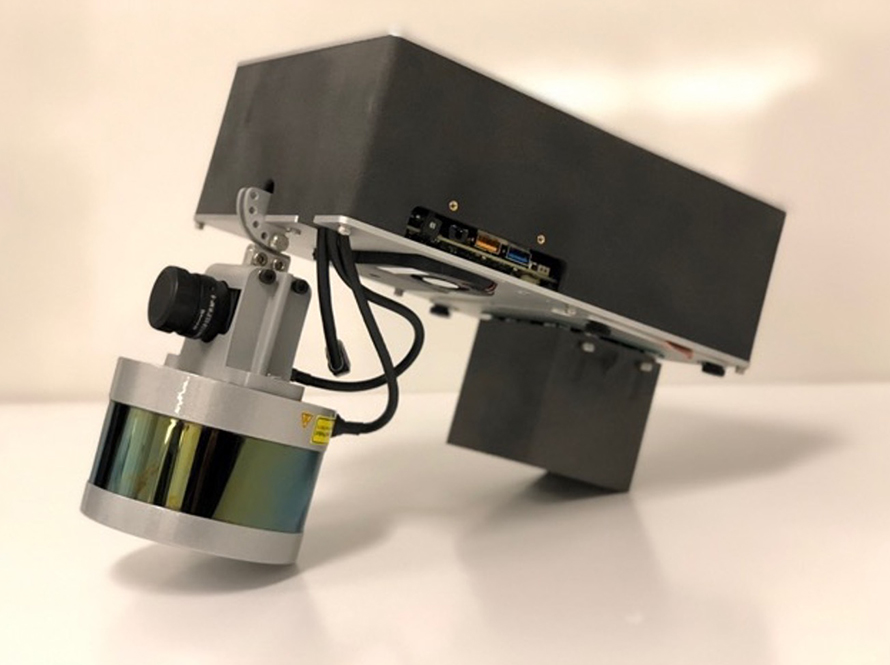
The Applied Nuclear Physics (ANP) program performs research and development in the detection and imaging of radiation to address major challenges in basic science, nuclear security and safety, and medicine. Research themes include the development of new radiation detectors and imaging systems, data fusion, nuclear robotics, and advanced data analytics.
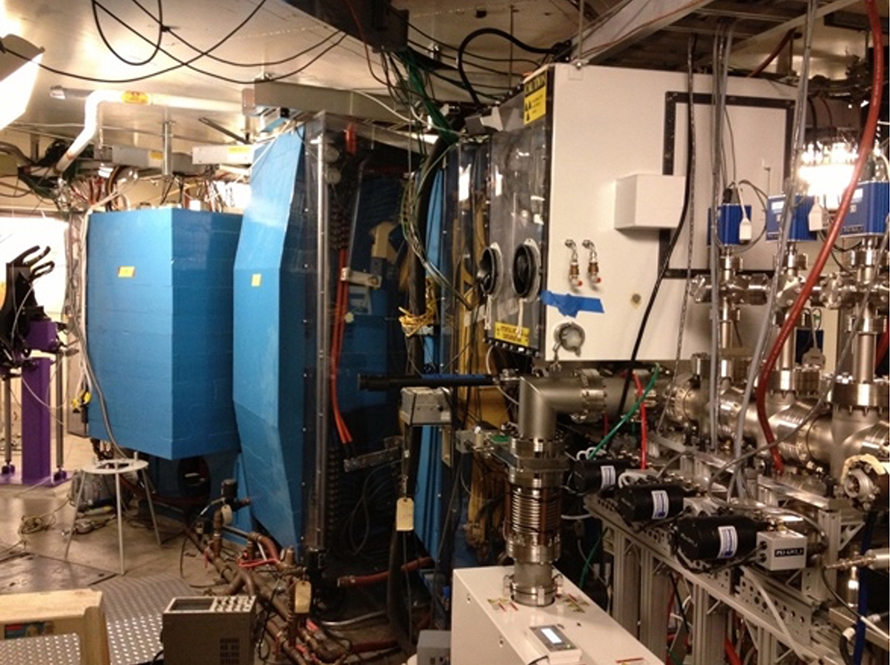
The Low-Energy Research program studies the boundaries of existence of atomic nuclei and their role in the universe in order to understand the origin of the elements and how complex, many-body quantum systems organize. Research is performed locally at the 88-Inch Cyclotron as well as major national and international user facilities and includes the synthesis and study of superheavy elements, the study of the excited states of neutron-rich nuclei through gamma-ray spectroscopy, and experimentation to understand astrophysical processes. Scientists in the Low-Energy program also lead the development of new instrumentation for fundamental nuclear science.
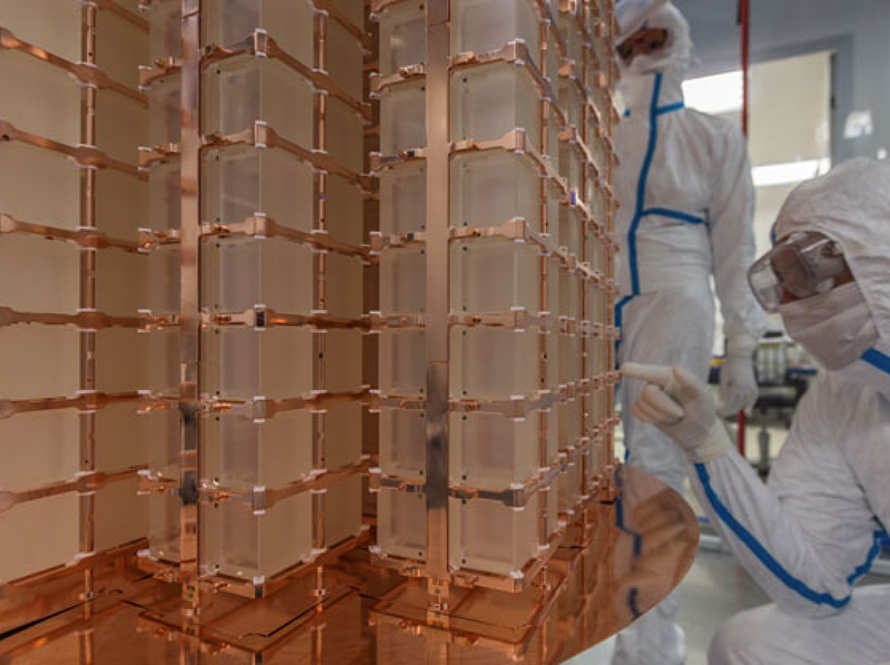
The Neutrinos program focuses its research on the properties of neutrinos and has played major roles in key international experiments of the last two decades, including the Sudbury Neutrino Observatory (SNO) and KamLAND. The current program has significant roles in three current-generation neutrinoless double-beta decay experiments: CUORE, MAJORANA DEMONSTRATOR, and SNO+; and in the next-generation experiments and beyond: CUPID, LEGEND, and THEIA.
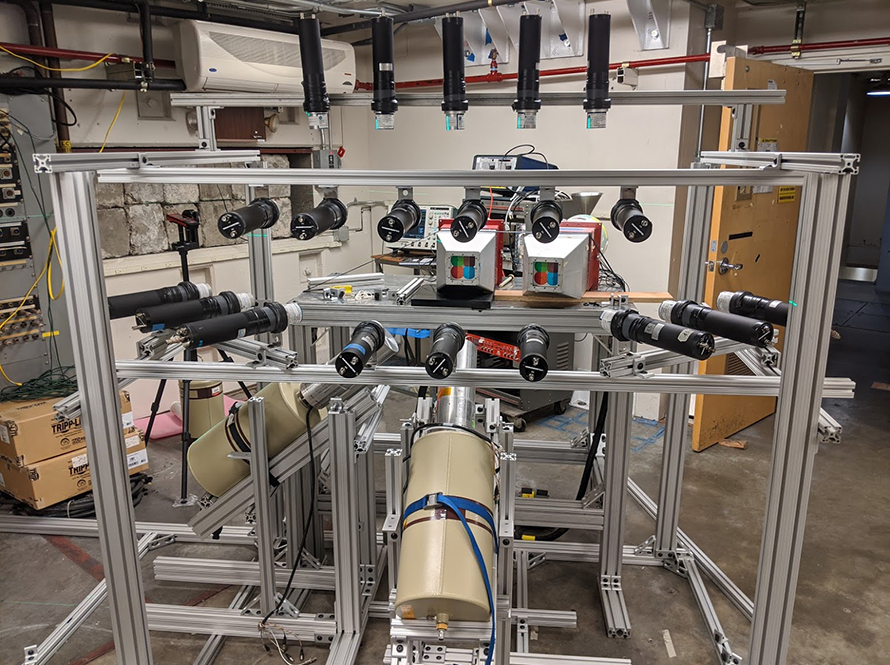
The goal of the Nuclear Data Program is to address the data needs of the basic and applied nuclear science community while training the next generation of nuclear scientists and engineers. We do this through a combination of experimental and evaluation activities. Most of our experimental work takes place at the Lawrence Berkeley National Laboratory 88-Inch Cyclotron or at the Nuclear Technology Innovation Laboratory within the UC Berkeley Department of Nuclear Engineering.

The Nuclear Theory Program covers a wide spectrum of nuclear physics, ranging from high-energy heavy-ion physics to nuclear structure, nuclear astrophysics and QCD in hadronic physics. The research program is particularly focused on the study of the physical properties of nuclear matter under extreme conditions- from the formation of the quark-gluon plasma in high-energy heavy-ion collisions to dense matter in neutron stars, from effective field theories for few-body systems to macroscopic properties of super-deformed nuclei and production of superheavy elements. To enable this research, the Nuclear Theory program also develops new computational methods that leverage state-of-the-art high performance computing.
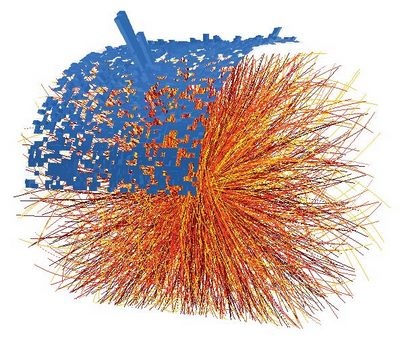
The Relativistic Nuclear Collisions (RNC) program carries out experimental research to elucidate the fundamental nature of Quantum Chromo-dynamics (QCD), which governs the behavior of the basic constituents of matter, quarks and gluons. This program involves probing the structure and interactions of these fundamental constituents both ordinary matter (protons, neutrons, and nuclei) and in dense, energetic states of matter associated with the early universe. In addition to carrying out experiments and analyzing data to address these fundamental questions about the nature of matter, the RNC program also plays a leading role in the development of detectors and computational approaches necessary to drive this program of cutting-edge research.